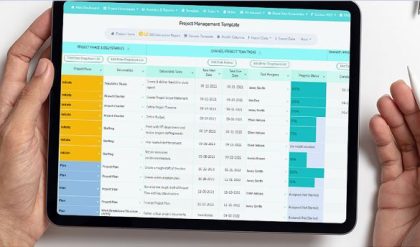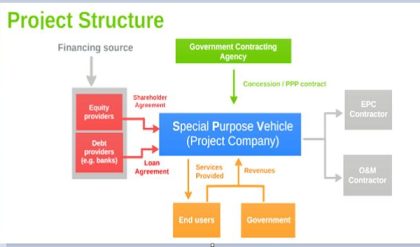The client entity is the ultimate owner of the new asset. The client entity will operate the asset to deliver the benefits. A client entity may also fund part of a project. In the Victorian context the client entity may be a part of a department or an entity or a Government Business Enterprise linked to a government department. For example a hospital may be the client entity which is linked to the Department of Health.
Operations manager
An operations (or asset) manager must be identified for all projects, no matter what the size or complexity. (In Prince2 this individual may be referred to as the Senior User.) There may be one or more operations managers at a number of managerial levels, depending on the size of the project. The ‘operations manager’ need not necessarily be the on-the-ground operations manager, for example it may be the contract manager for the (future) service provider.
An operations manager is a core member of the project steering committee. The operations manager’s responsibilities are:
· contributing resources to the project to ensure outputs are developed satisfactorily and sustainably to meet business and operational needs (this involvement is ongoing from the conceptual phase through to accepting and/or testing the output products);
· ensuring the project is planned with the end in mind (to meet the desired outcomes);
· ensuring each output is specified and delivered fit-for-purpose;
· managing project outputs for their operational use;
· securing resources for the ongoing maintenance of the asset;
· being accountable to the project sponsor for the measuring and reporting project outcomes; and
· being responsible for the realisation of benefits from the investment.
Project director (deliverer)
The project director, acts as the agent of the project sponsor on a day-to-day basis, and is responsible for empowering the project manager to discharge the manager’s responsibilities. The project director provides the project manager with the specialist resources and skills necessary to develop and/or deliver a project to an agreed scope, quality, schedule and budget. This is usually the project manager’s line manager. The project director is a core member of the project steering committee.
 The skills needed by a project director include well-developed project, risk and relationship management skills. Also commercial management skills applicable to developing and negotiating contractual arrangements and knowledge of government processes are important.
The skills needed by a project director include well-developed project, risk and relationship management skills. Also commercial management skills applicable to developing and negotiating contractual arrangements and knowledge of government processes are important.
Note: The Prince2 methodology identifies a Senior Supplier as the third arm of the Project Board alongside the user and executive interests. Involvement of an external supplier is not common in Victorian project steering committees except in the Alliancing structure (refer Figure 10). Suppliers may have a role in presenting to the steering committee on issues, but should be excluded from discussions of the issues leading to decisions or matters pertaining to their performance.
The other circumstance where a project director may be sourced external to the client organisation is where Major Projects Victoria (MPV) takes on this role. It is vital that the project director understands and aligns with the client department’s requirements. Options to achieve this might include a well-defined memorandum of understanding with roles and responsibilities set out in a Schedule of Agreement or outplacement of MPV staff in the client department, reporting through that organisation (not MPV).
Project manager
The project manager is responsible for structuring project delivery in an appropriate manner. This person is the key manager of the day-to-day aspects of the project, as well as developing and updating the project management plan, also, to resolve planning and implementation issues, manage progress and the budget.
The project manager is the key person around whom a project will ultimately revolve (see Figure 7). The project manager (with the project director) will attend, report to, seek guidance and take direction from the project steering committee. The project manager needs to have appropriate experience and, preferably, accreditation or formal qualifications in project management.
Responsibilities of the project manager include:
· accountability to the project steering committee for delivery of the project; reporting, to the project steering committee at regular intervals;
· ensuring the project is managed in accordance with agreed processes and tolerances;
· dealing with the construction/contractors to ensure project progression;
· maintaining the project risk register and the integration of risk treatments and control activities into project plans and activities;
· approving minor variations to budget, schedule or scope, within agreed tolerances;
· managing and monitoring the project activity through detailed plans and schedules and preparation of reports;
· managing day to day stakeholder relationships and issues;
· managing project sponsor and stakeholder expectations through the formal specification and agreement of goals, objectives, scope, outputs, resources required, budget, schedule, project structure, roles and responsibilities and communication to them on progress; and
· Inspecting project progress and element completion for quality assurance.

Figure 7 Project manager’s role






Comments are closed.